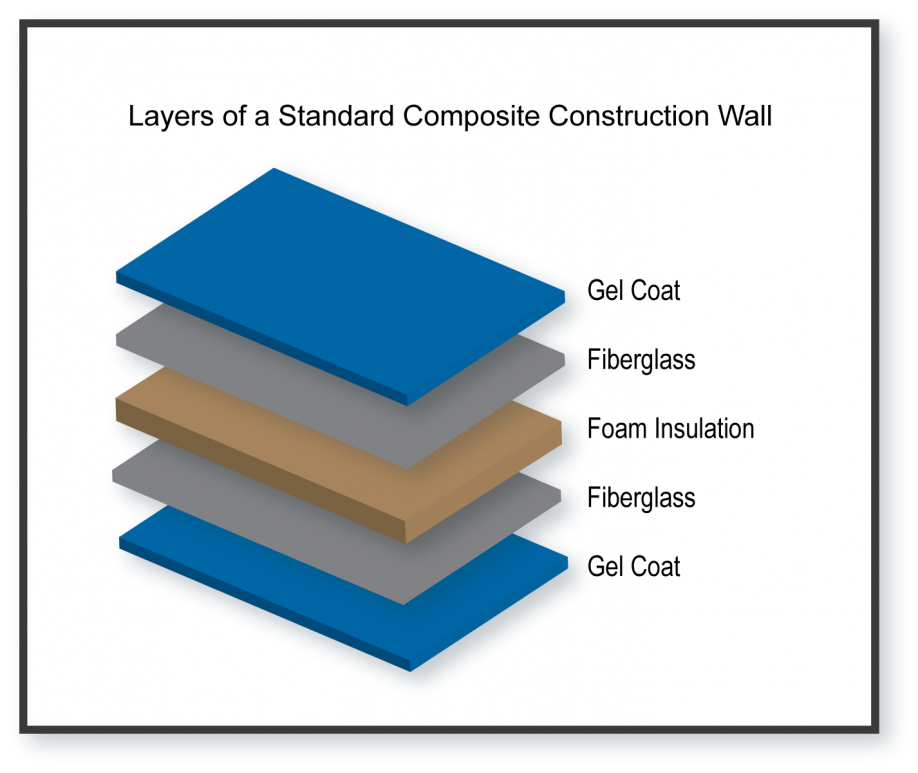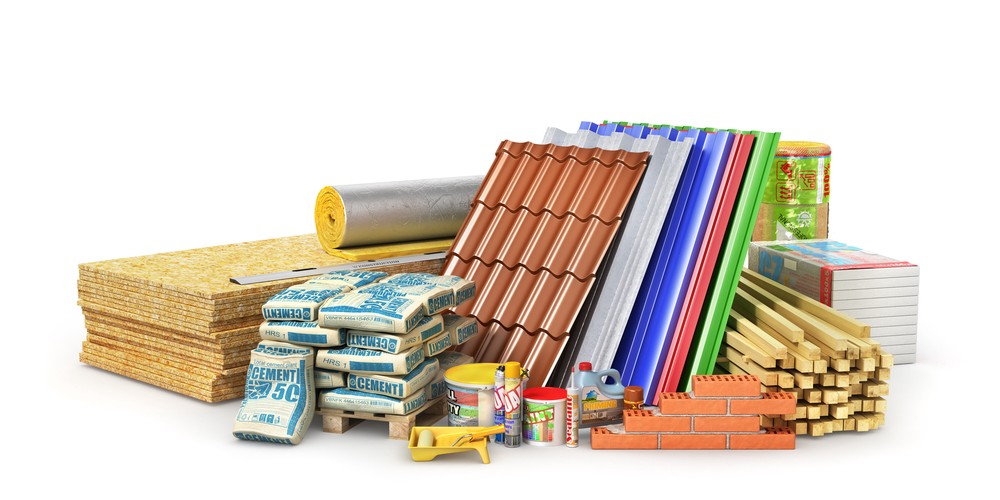Composites: Solid and Resistant Building And Construction Products
Composites: Solid and Resistant Building And Construction Products
Blog Article
Opening the Environmental Advantages of Recycled Composites in Building And Construction and Design
In the world of building and construction and style, the application of recycled composites holds considerable promise for improving sustainability techniques and decreasing ecological influence (composites). By including these innovative materials, there is a possible to deal with crucial problems such as waste reduction, power conservation, and a decrease in carbon footprint. The change towards a much more lasting future in these sectors rests on unlocking the full potential of recycled composites. This conversation will check out the diverse advantages and obstacles associated with integrating recycled composites into building and construction and design, offering a peek right into the transformative opportunities that exist in advance.

Environmental Impact Reduction
The decrease of ecological impact through making use of recycled compounds in building and construction and style plays a crucial duty in lasting practices. By including recycled compounds into building products, the building industry can dramatically lower its carbon footprint and add to a much more environmentally friendly future. These sustainable products, made from repurposed plastics, wood fibers, or various other recycled aspects, offer a viable option to standard construction products without jeopardizing on top quality or longevity.
Recycled composites help divert waste from land fills and decrease the demand for drawing out raw products, therefore conserving natural sources. Furthermore, the manufacturing process of these compounds often takes in much less energy and emits less greenhouse gases contrasted to creating virgin products (composites). This shift in the direction of making use of recycled composites not just minimizes environmental injury but likewise advertises a circular economic climate by encouraging the reuse of materials that would certainly or else be discarded
Waste Minimization
With an emphasis on decreasing waste in construction and style, the assimilation of recycled composites provides a lasting remedy to reduce environmental effect. Waste reduction is a crucial element of lasting practices, and the use of recycled compounds provides an opportunity to accomplish this goal properly. By making use of materials that have already served their preliminary purpose, such as recycled plastics or recovered timber fibers, the building and construction and layout industries can significantly decrease the amount of waste produced and sent to garbage dumps.
Recycled compounds have the possible to draw away significant quantities of waste from typical disposal approaches, adding to an extra circular economy where sources are utilized efficiently. Furthermore, the production procedure of recycled composites commonly eats much less power and creates fewer emissions compared to virgin products, better reducing the ecological impact of building and construction and layout jobs.
Carrying out waste minimization methods via the consolidation of recycled composites not only aids in preserving all-natural resources but also promotes a much more sustainable strategy to structure and creating for a greener future.
Energy Conservation
Including recycled composites not only reduces waste in construction and layout however also plays a crucial duty in improving energy preservation practices within the sector. The usage of recycled composites in building and construction can substantially add to power conservation via different means. To start with, the manufacturing of virgin materials commonly needs substantial power inputs, whereas using recycled compounds consumes much less energy, consequently decreasing total energy intake. Furthermore, incorporating recycled composites can add to better insulation homes in structures, decreasing the demand for excessive home heating or air conditioning, and consequently reducing power usage for environment control. The light-weight nature of many recycled look at here now composites can lead to lighter structures, needing much less power for transportation and installation. By promoting using recycled composites in building and construction and layout, the industry can make significant strides towards accomplishing power performance and minimizing its carbon impact, eventually adding to a more sustainable developed environment.
Carbon Footprint Reduction
Enhancing sustainability techniques with the usage of recycled composites in construction and layout substantially minimizes the carbon footprint of the industry. By including recycled materials into the manufacturing of composites, the need for virgin sources reduces, leading to reduced power usage and greenhouse gas emissions linked with standard manufacturing procedures. This reduction in carbon impact is essential in combating environment change and advertising a much more eco-friendly method to construction and style.
Additionally, making use of recycled compounds also aids in diverting waste from land fills, thus mitigating the ecological influence of disposal and promoting a round economic climate. The carbon impact reduction attained through the fostering of recycled composites straightens with the international push in the direction of sustainable methods and the decrease of industrial exhausts. It showcases a commitment to accountable source management and a change in the direction of greener options in the building and construction and design markets. Ultimately, by prioritizing the assimilation of recycled composites, the market can make substantial strides in lowering its carbon footprint and adding to a more lasting future.
Sustainable Future
The integration of recycled compounds in building and design not just addresses immediate ecological issues however also lays a strong foundation for a lasting future in the industry. By including recycled composites right into building products and products, the building and design markets can considerably lower their reliance on virgin sources, resulting in a check much more circular economic climate. This shift in the direction of sustainability is vital for mitigating the environmental influence of conventional building and construction practices, which usually result in high degrees of waste generation and source deficiency.

Verdict
To conclude, recycled compounds supply substantial ecological advantages in building and style by minimizing environmental impact, minimizing waste, conserving energy, decreasing carbon footprint, and promoting a lasting future. Welcoming the usage of recycled composites can add to a more environmentally-friendly approach to building and style, eventually leading to a more lasting and greener future for all.
The reduction of environmental influence via the use of recycled composites in building and design plays an important role in lasting methods.With a focus on decreasing waste in building and construction and style, the integration of recycled composites offers a lasting service to reduce ecological impact. By advertising the use of recycled compounds in building and design, the sector can make considerable strides in the direction of accomplishing energy effectiveness and decreasing its carbon impact, ultimately adding to a more lasting built atmosphere.

Report this page